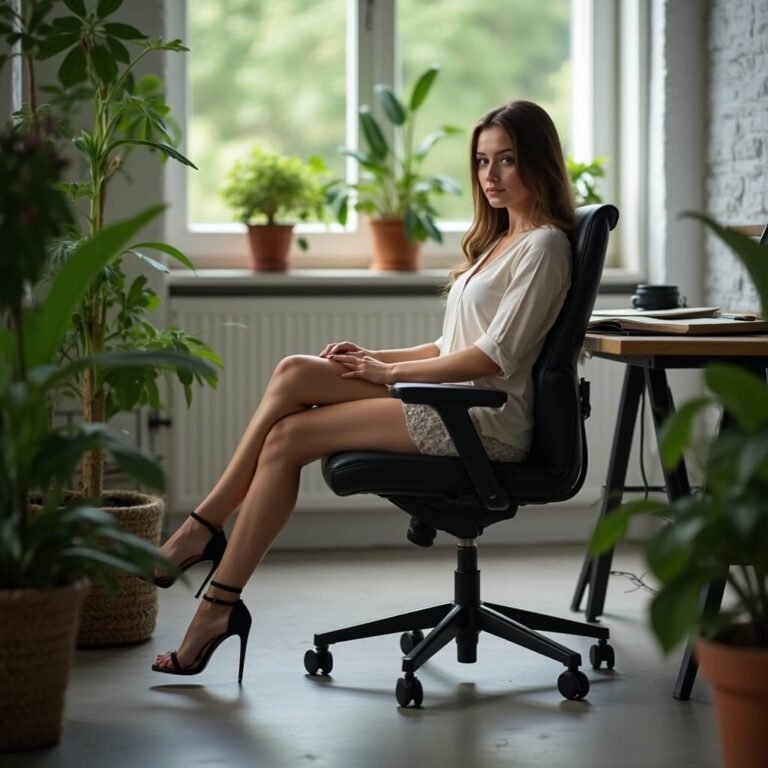Creating texture in paintings is essential for adding depth, visual interest, and a tactile feel to your artwork. Whether you’re using acrylics, oils, or watercolors, the right techniques can make your painting come alive. In this guide, we’ll explore various texture-creating methods, including layering, impasto, dry brush techniques, and unconventional tools to help you achieve stunning results.
Why Texture Matters in Paintings
Texture can transform a flat canvas into a dynamic composition that engages viewers. It influences how light interacts with your artwork, enhances realism, and creates movement. Artists use texture to evoke emotion, replicate natural surfaces, and distinguish different elements within a painting.
Techniques for Creating Texture in Paintings
Let’s dive into practical methods that can help you master textural effects.
- Impasto Technique: Sculpting with Paint
Impasto involves applying thick layers of paint to create a raised surface. This technique works best with acrylic and oil paints, as they hold their shape well.
Steps to Achieve Impasto Texture:
- Use a palette knife or stiff brush to apply thick strokes of paint.
- Layer multiple colors to add depth.
- Mix paint with a texture medium for exaggerated effects.
- Dry Brush Technique: Subtle & Rugged Textures
Dry brushing is perfect for achieving coarse textures and rough surfaces, often used in landscape and portrait painting.
How to Use Dry Brush Technique:
- Use a small amount of paint on a dry brush.
- Apply light, short strokes for a scratchy effect.
- Works best on rough paper or textured canvases.
- Layering & Glazing: Building Texture Gradually
Layering involves applying multiple thin layers of paint to create depth and dimension.
How to Layer Textures:
- Start with a base layer using diluted paint.
- Apply additional layers once each dries to build up texture.
- Use transparent glazes to add subtle variations.
- Using Mixed Media: Adding Depth
Mixed media techniques incorporate materials like sand, fabric, or paper into paintings.
Materials That Work Well for Texture:
- Tissue paper or fabric for soft textures.
- Modeling paste for bold textures.
- Sand or grit for natural, uneven surfaces.
- Sgraffito Technique: Scraping for Dramatic Effects
Sgraffito involves scratching into layers of paint to reveal underlying colors, offering a striking contrast.
How to Use Sgraffito for Texture:
- Apply a thick layer of paint.
- Use a palette knife, comb, or toothpick to scratch patterns.
- Works well with dark and light contrasts.
Choosing the Right Tools for Textured Painting
Different tools help achieve unique textural effects:
- Palette Knives: Great for bold, sculptural strokes.
- Bristle Brushes: Ideal for rough textures.
- Sponges & Rags: Useful for organic textures.
- Texture Mediums: Add thickness and grip to paint.
Tips for Creating Natural Textures
- Use contrasting colors to highlight texture.
- Experiment with different brush sizes.
- Mix different techniques for unique effects.
- Apply varnish to protect textured surfaces.
Conclusion
Creating texture in paintings enhances their visual appeal, making them more immersive and engaging. Whether you’re using impasto, dry brush techniques, or mixed media elements, experimentation is key to discovering your own unique style.
















